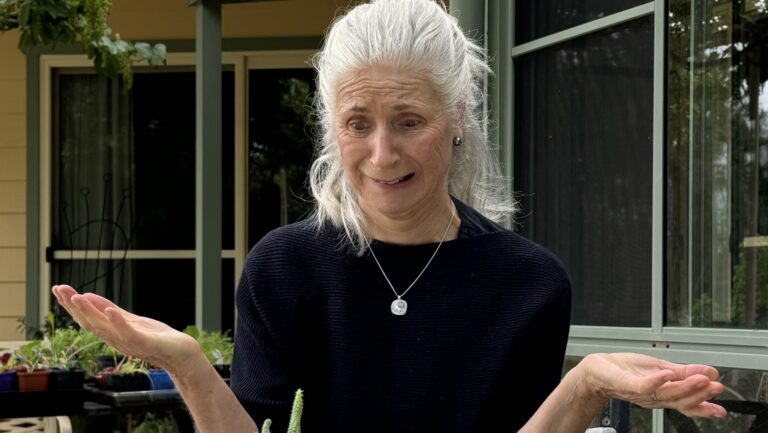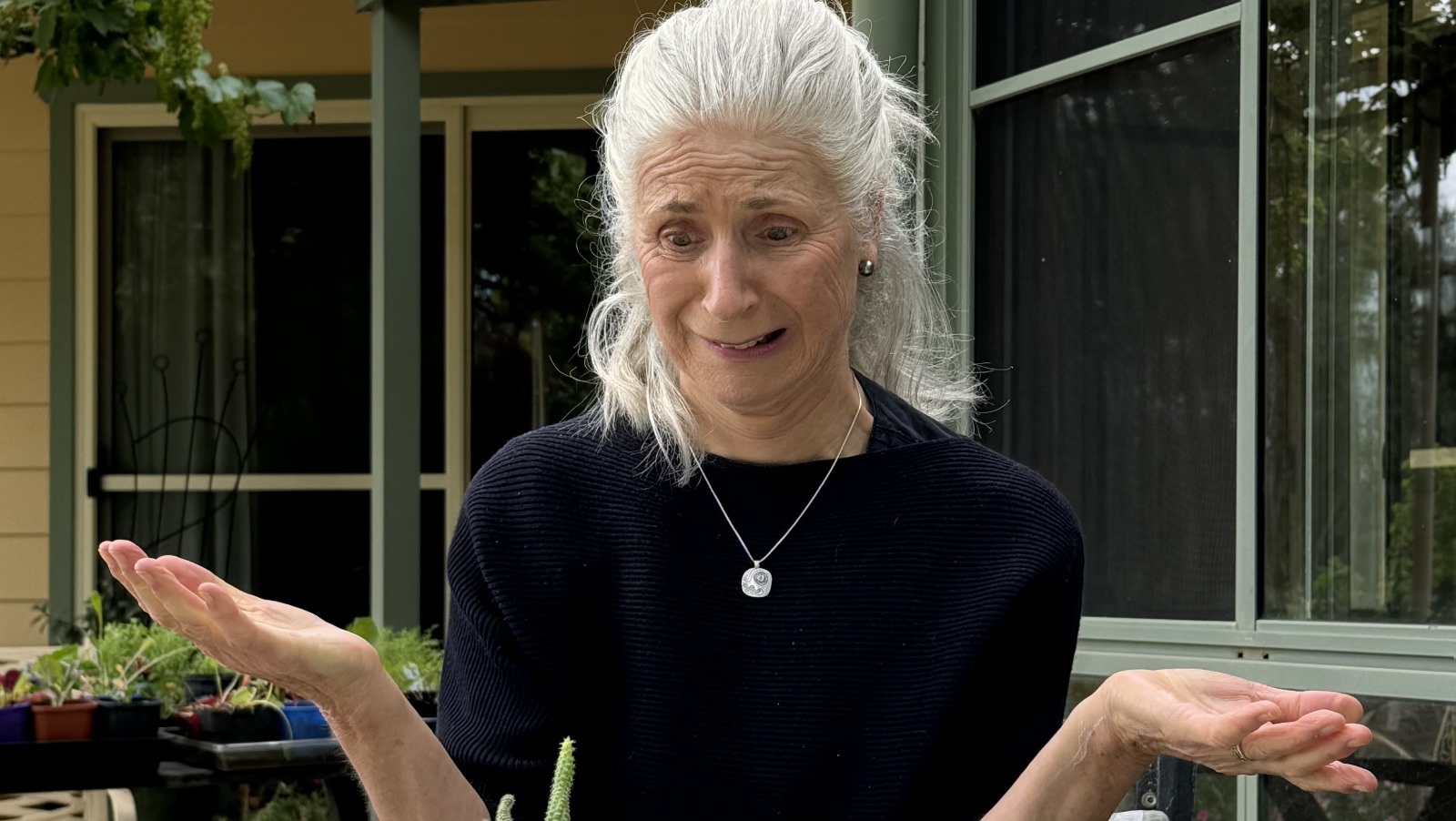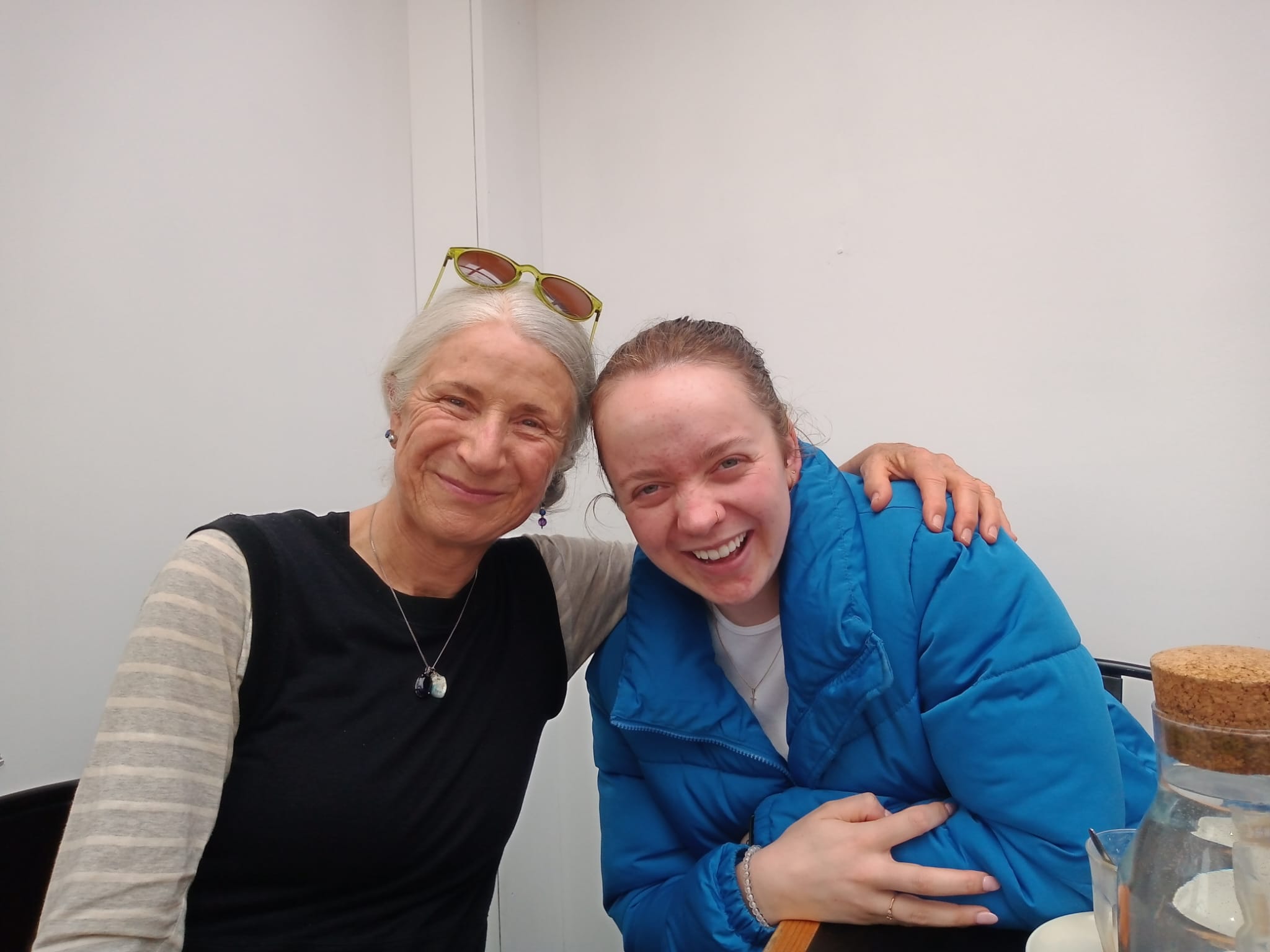So how are you going with bringing biophilia into your home? Here are some more ideas to inspire and challenge you. If you haven’t read part one of “20 Ways To Bring The Benefits Of Biophilia Into Your Home” this is a quick summary. Fresh air; natural light; natural sounds; water; living plants; biophilic ephemera; nature-based motives; fire; wood and stone.
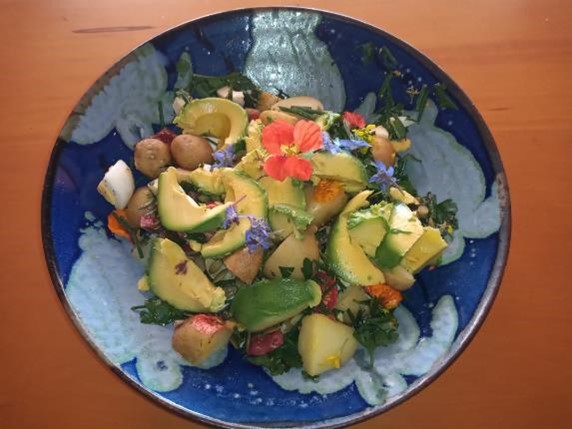
And now let’s take a look at another 10 ways to bring biophilia into your home
11) Food
“Real food” tastes great. My cooking always elicits compliments from visitors. Less because I am particularly talented, and more because the ingredients are very fresh. Very fresh. In my case straight out of the garden.
Can’t grow your own? Not everyone can. But you can get fresh food from many places including farmers markets, green grocers and supermarkets. And the rule of thumb is “invests in the best of what you eat the most”. If you can’t afford all organic or chemical free options, buy the best quality for the item(s) you consume most of. For example, if potato is your staple, then buy organic or chemical/ fungicide/ pesticide free potatoes when you can.
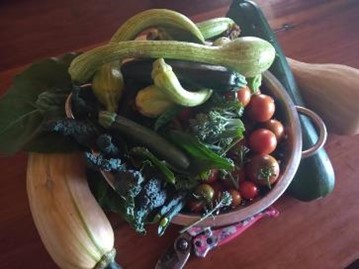
12) Aroma therapy
“Sugar and spice and all things nice”. But before you embark on an aromatherapy journey of discovery please check. Some essential oils and blends are contraindicated (particularly for pregnancy, babies and epileptics). Do your homework and be safe. Then have fun with the blends you can make yourself. Or find readymade blends with the therapeutic properties you want to experience.
Biophilia via the olfactory is a particularly powerful medium. The heady perfume of aromatic oils in aroma therapy can bring diverse biophilic and therapeutic benefits. Healing and soothing, revitalising and refreshing, cleansing or energising.
The sense of smell is the most evocative for our brain (Huberman Lab Podcast, 1 May 2023). And aromatherapy is both a delightful and powerful way to bring more biophilia into your home. However, it is beneficial to use the best quality pure essential you can obtain. Despite the labelling there is no such accreditation as “therapeutic grade”. It is either a pure essential oil (organic or otherwise) or it is a mixture with a carrier oil. Again, the maxim “invest in the best of what you use the most” is yet again a good way to proceed.
What are your favourite oils? A long-time favourite for me is lavender oil. Lavender is particularly calming and soporific and is miscible in water. It is therefore great to use as a rinse for blond or grey hair. Adding a few drops of pure essential lavender oil in a warm bath provides the calming aromatherapeutic benefits before bed.
Rosemary oil is a stimulant for the mind in general, and the memory in particular. Lemon is cleansing. And jasmine is an antidepressant. There are so many things to consider with essential oils, including the type of diffuser you will use. My go to book is “The Illustrated Encyclopedia of Essential Oils” by Julia Lawless.
13) Pets
This particular biophilic influence is worth at least a blog in and of itself. But for now, if you are an animal lover you will already have cat- dog- rabbit -guinea pig- bird- fish. Or maybe you have other pets? Let me know what. I am intrigued.
Whatever the creature the biophilic benefits are numerous. Petting an animal has been shown to reduce our heart rate, have a positive effect on blood pressure and calm our vagus nerve. Exposure to pets strengthens our immune system.
Having an animal in the house means we are caring for another living creature- a great biophilic connection with mutual benefits. And living with an animal who needs exercise keeps us on our toes. Who can say no to the insistent nuzzle of canine muzzle at regular walk time?
And as for amusement, companionship, understanding and loyalty, you can’t go past a dog.
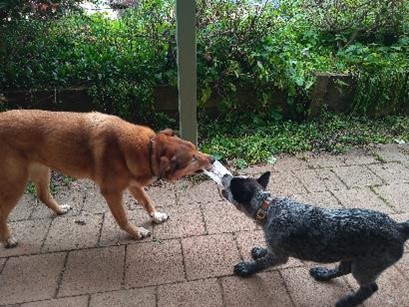
Or perhaps a… cat. I am frequently berating our cats for their demanding ways. But of course, I don’t begrudge them at all. Getting up and down to acquit my responsibilities for their feline fastidiousness is part of the deal. And benefits me. It is an excellent way to break up screen time, open my hip flexors, look at a distant horizon and move energetically around the house. All the while emptying kitty litter, topping up water or adding kibble to his lordship’s bowl.

Not really an animal person? Perhaps the calming presence of fish could be your biophilic inclusion from the animal kingdom? Their serene almost hypnotic aquatic existence is a biophilic marvel in miniature.
14) Metal
Metals of all types have long been part of human civilisations. Metal is versatile and has been used for a variety of purposes. Utilitarian such as medical and cooking implements; entertainment such as musical instruments; for protection with weaponry and for personal adornment. In addition to household decoration, such as beaten copper tabletops and doors in Turkey and the Middle East.
Then there is the use of metal in jewellery.
Confession time. I love jewellery. What about you?
When I lived in Indonesia, I spent many hours window shopping the gold and silver shops.
Copper is said to relieve some of the symptoms of arthritis, and copper bracelets are sold for that purpose.
Pewter was traditionally made from tin mixed with lead. But here is the problem with pewter tableware. The lead could leach out when in contact with acidic food or drinks. Not really the go. So, if you have pewter tableware and know it is made before the 1970’s it is safest to use it for decorative purposes. Modern pewter, however, is now made from a mixture of tin, copper, antimony and/or bismuth. And is safe to use with food.
Silver (or gold) candlesticks have a timeless beauty. And are an essential component of many rituals in ancient and modern religions and cultures.
And then there are iron cooking pans which are the best of kitchen biophilia. SolidTeknic is a world acclaimed Australian company. They have developed a high-tech product which combines streamline design and lightweight performing iron for kitchen ware.
I have several sizes of SolidTeknic pans and use them daily. They are particularly biophilically beneficial if you are a vegetarian/vegan, or low in iron. Cooking slightly acidic food in iron pans enriches your meal with a free boost of iron.
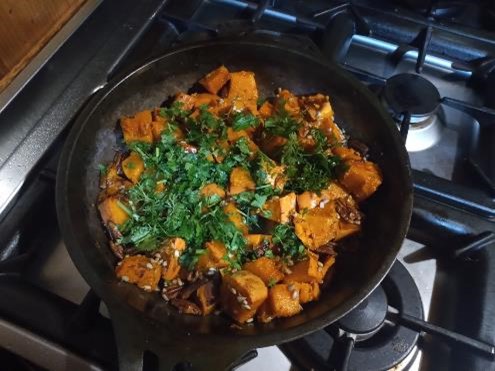
15) Candles
Do you love candlelight? As a lover of biophilia I love beeswax candles in particular. If you have followed the recent phenomena of Hygge, you will be familiar with the role of candles in the Scandinavian love of cosy. Kate Burton is a beeswax candle enthusiast. Her interview with Alexx Stewart in Low Tox Life Podcast is highly informative on the superlative biophilic benefits of beeswax candles.
https://www.lowtoxlife.com/show-75-cate-burton-cracks-open-the-candle-industry/
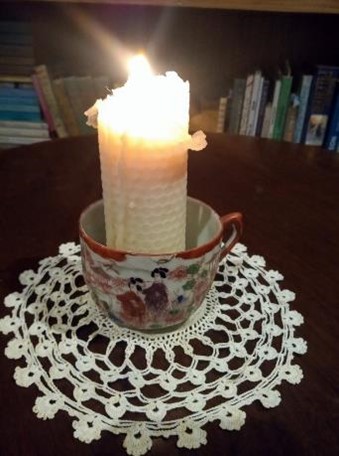
16) Personal care products
Think of Cleopatra. Helen of Troy (“Is this the face that launched a thousand ships?” fame). You can be sure that they all used natural personal care products. Plant based; animal based. Gifts from nature. Honey, milk, olive oil, essential oils, toilette waters distilled from herbs and flowers, barks and roots.
We have the same choice today. There are many products on the market which are wonderful biophiliac additions to your personal care regime. And if you make your own it is both ecofriendly, cost effective and you have the benefits of biophilia on your face. Beauty by biophilia.
Did you know that artificial fragrances are both hormonal and adrenal disruptors? And that is the tip of the iceberg. And often the tipping point for women’s health. Once again, I encourage you to do your homework and embrace biophilic products when you can. Saving face can also be saving money and saving the world.
17) Biophilia and the big clean
Keeping your skin clean. Keeping your house clean. Same deal. When using natures biophilic gifts to clean with we bring biophilic connections into our homes via our cleaning products. And save the waterways from the alternatives which generate forever toxic chemicals and plastic particles.
So, what are natures great cleaners? Lemon tea tree oil is my utmost favourite. It combines the fragrance of lemon but is an actual variant of tea tree. It provides a broad spectrum of antimicrobial protection against a wide range of bacteria, viruses, and fungi, including yeasts and dermatophytes.
I keep a bottle of lemon tea tree oil on my kitchen bench and add a drop to a cloth for wiping over the bench and stove top. Similarly for the bathroom. Cleans a treat and smells equally as good.
And good old vinegar (diluted) work wonders too.
18) Bringing biophilia into what we wear
From underwear to outerwear there are opportunities to choose fabrics which are made from natural fibres. For me it has been as important a game changer as slow fashion. Invest in an item which is made from a sustainable natural product. Love it. And wear it. Over and over again. The initial outlay may be expensive, but the garment will give back to you many times over.
Biophilic clothing is not just ecofriendly and, but natural fibre feels better on our skin. They allow it to breath and the textiles themselves move with and give life to a garment which synthetics don’t do. Charity shops or clothes swaps are a great place to experiment with natural textiles without humongous price tags.
There is a lot of dissentions and green washing around many of the production methods, treatments, dyes, supply chains and issues around fair payment for workers in the clothing industry. I encourage us all to be beware and be wise about what we wear.
And in addition to what you wear, whenever and wherever possible air bathe. The perfect biophilic answer to any sartorial dilemma.
19) Made by hand
Carpets rugs and woven fabrics, pottery, sculptures, wooden toys…the list goes on. So many of our household items can be made from natural materials rather than plastic. Double the biophilic benefit of being made from nature and made by hand.
20) Family, house guests and visitors
By definition humans are part of nature. When you have a house bubbling with happy chatter, smiling guests or excited family members there is a fabulous biophilic effect taking place. We as humans are not designed to live alone. But when we do it is even more important that we surround ourselves with biophilia to get the maximum of love to keep our human beingness at its best.

Not quite the end
“Have nothing in your houses that you do not know to be useful or believe to be beautiful” (William Morris)
And whenever possible has a biophilic element. Because biophilia amplifies both the useful and the beautiful in our homes and our lives.
